#stbrigid
Explore tagged Tumblr posts
Text
ST BRIGID’S CROSS
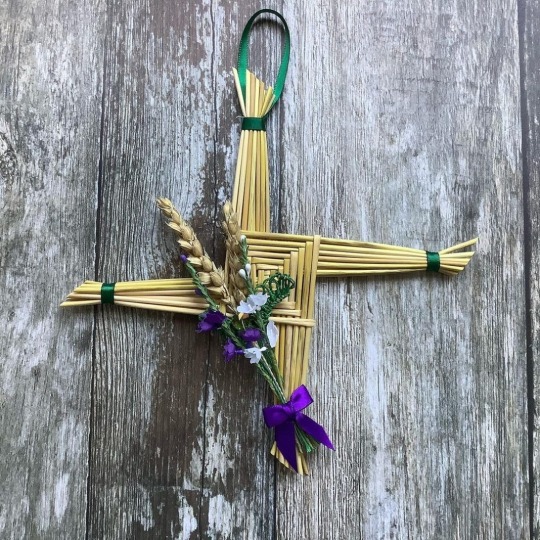
St Brigid, also known as “Mary of the Gael,” is an abbess and patroness of Ireland. She is furthermore the founder of the first Irish monastery in County Kildare, Ireland. Born in Dundalk in 450 AD, St Brigid is accredited with first creating the unique cross which bears her name.
The distinctive St Brigid’s Cross design, made from woven rushes, is thought to keep evil, fire, disease and hunger from the homes in which it is displayed. The tale of its origin as we know it is as follows....
There was an old pagan Chieftain who lay delirious on his deathbed in Kildare (some believe this was her father) and his servants summoned Brigid to his beside in the hope that the saintly woman may calm his restless spirit. Brigid is said to have sat by his bed, consoling and calming him and it is here that she picked up the rushes from the floor and began weaving them into the distinctive cross pattern. Whilst she weaved, she explained the meaning of the cross to the sick Chieftain and it is thought her calming words brought peace to his soul. He was so enamoured by her words that the old Chieftain requested he be baptized as a Christian just before his passing.
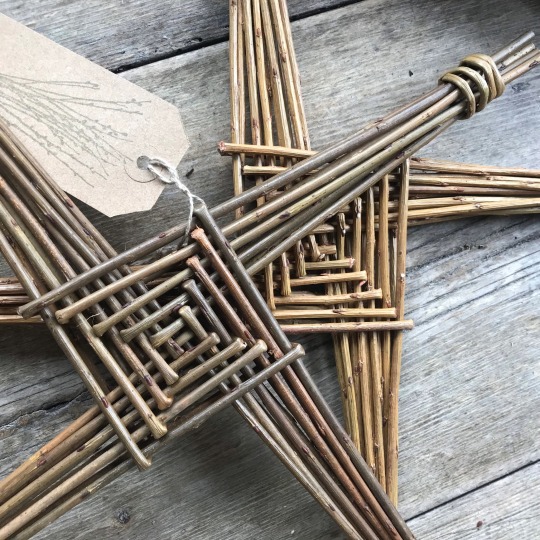
Since that day, and for the centuries that followed, it has been customary on the eve of her Feast Day (February 1st) for the Irish people to fashion a St Brigid's Cross of straw or rushes and place it inside the house over the door.
This rush cross, which became St Brigid’s emblem, has been used in Irish designs throughout history, with many modern stylists using this now popular Irish symbol within the designs of Irish jewelry and Irish gifts.
This cross is normally hand created from rushes however occasionally straw is also used. The rushes were collected from wetlands and cut into pieces, 8-12 inches long. Rushes can be hard to get for city dwellers so ordinary drinking straws are a good substitute. Use rubber bands to tie up the ends.
HOW TO MAKE ST BRIGID’S CROSS

You Will Need
16 Reeds (or Straws)
4 small rubber bands
Scissors
What to Do
Hold one of the reeds vertically. Fold a second reed in half as in the diagram.
Place the first vertical reed in the centre of the folded second reed.
Hold the centre overlap tightly between thumb and forefinger.
Turn the two rushes held together 90 degrees anti-clockwise so that the open ends of the second reed are pointing vertically upwards.
Fold a third reed in half and over both parts of the second reed to lie horizontally from left to right against the first straw. Hold tight.
Holding the centre tightly, turn the three reeds 90 degrees anti-clockwise so that the open ends of the third reed are pointing upwards.
Fold a new reed in half over and across all the rushes pointing upwards.
Repeat the process of rotating all the rushes 90 degrees anti-clockwise, adding a new folded reed each time until all rushes have been used up to make the cross.
Secure the arms of the cross with elastic bands. Trim the ends to make them all the same length. The St Brigid’s Cross is now ready to hang.

#st brigid#ireland#history#irish#irish culture#stbrigid#st brigid’s cross#st brigids cross#febuary#st Brigid’s day#st brigids day#Mary of the gael#ward
59 notes
·
View notes
Text

Brigid's Well Kilarney
5 notes
·
View notes
Photo

Happy Imbolc/Brigid's day! It is now an official holiday in Ireland. It's the halfway point between the winter solstice and spring equinox. It's celebrated with candles or bonfires to welcome the return of the sun. Brigid was a real person and patron Saint of Ireland. #imbolc #Brigid #stbrigid #ireland #gaelic #celtic #Irish #pagan #blessedbe https://www.instagram.com/p/CoIcCYfO168/?igshid=NGJjMDIxMWI=
3 notes
·
View notes
Photo
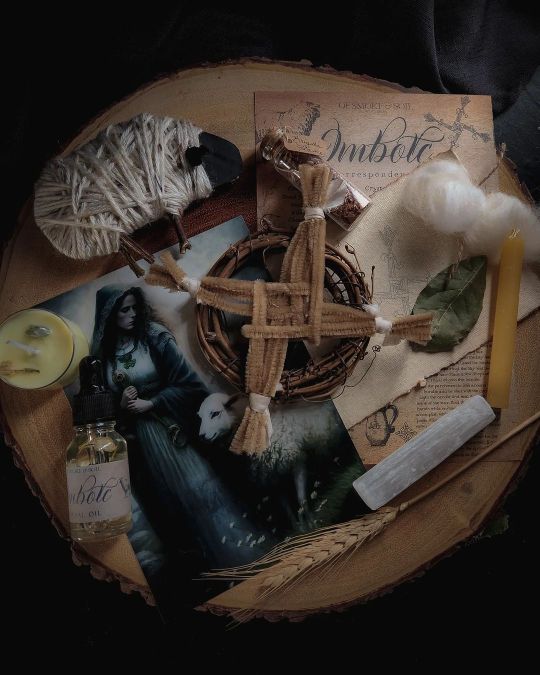
This box contains wares to assist your Imbolc and Candlemas workings to celebrate the first fire festival of the wheel and to adorn your altar. This celebration takes place around February 1st or 2nd, marking the halfway point between the Winter Solstice and the Spring Equinox. For many Pagans it's a celebration of candles, light and fire. ~ Contents of box ~ 🐑 Inbolc Correspondence and info sheet - includes info on celebrating the sabbat, Correspondences, and the goddess Brighid. Also Return the Light spellwork created by me using the items in this box. This spell is for bringing life, light, and warmth back into aspects of you, relationships, or projects you are working on. 🐑 7" x 5" Art Print of "Brigid's Flock" 🐑 A yarn wrapped sheep for your altar 🐑 St. Brighid Cross wreath - handmade on a grapevine wreath - hung over a hearth, this cross traditionally protected a home from disasters such as lightning, storms, or floods, as well as keeping family members safe from illness. 4" wreath 🐑 Imbolc Ritual Oil - Scented with oatmeal, milk, and honey. Includes dried botanicals such as jasmine and other dried flowers. Also added are flourite chips. Sweet almond oil base. Use to anoint and dress your candles, altar tools, divination items, even yourself! 15 ml bottle with dropper top 🐑 a hand poured soy wax tealight candles scented with milk & honey and dressed with jasmine and apatite chips 🐑 Selenite crystal 3-4" 🐑 Return the Light Spell items - one yellow candle, lambs wool, bay leaf and parchment with printed brighid's cross - spell instructions on info sheet 🐑 Brigid's Flame Incense - inspired by the goddess Brighid and her fire - a rich, aromatic loose incense of ancient recipes. Some of the highlighted ingredients are sandalwood, citrus, benzoin, Alder wood chips, frankincense, and some other secrets. Contained in a 15 ml corked bottle. Must be burned on charcoal in a heatproof container 🐑 Wheat stem for your altar #imbolc #candlemas #stbrigid #goddess #brighid #wheeloftheyear #sabbat #sabbatbox #ritual #altar #ritualkit #witchesofig #witchesofinstagram #witchcraft #witch #hedgewitch #hedgerider #pagan #occult #goddessbrigid https://www.instagram.com/p/CnABEFqugEd/?igshid=NGJjMDIxMWI=
#imbolc#candlemas#stbrigid#goddess#brighid#wheeloftheyear#sabbat#sabbatbox#ritual#altar#ritualkit#witchesofig#witchesofinstagram#witchcraft#witch#hedgewitch#hedgerider#pagan#occult#goddessbrigid
2 notes
·
View notes
Photo

#stpatricksday we wear green. #stbrigid #lickmeimirish (at Spooky Hollow) https://www.instagram.com/p/Cp6nqkWNLvI/?igshid=NGJjMDIxMWI=
1 note
·
View note
Text
youtube
Fil Campbell and Tom McFarland “First of February” A song to celebrate Brigid's Day, Imbolc, the start of Spring. By Fil Campbell and Tom McFarland (c) 2022 IMRO/MCPS) (4’01”). Fil: Vocals, Guitar, Piano Tom: Percussion, Backing Vocals Steve Cooney: Guitars and Bass
Recorded at Ballyneddan Studio, Rostrevor, Co. Down https://lnkd.in/enrwRYSW #StBrigid #StBrigidsDay #Imbolc #music
0 notes
Text
On This Day
Lily pulled on her warmest woolly jumper and stepped into her oversized wellingtons. She always liked her wellies a size bigger, so that she could wear two pairs of her dad’s socks to keep her toes nice and warm. #99wordstory

View On WordPress
0 notes
Photo

Blessed Imbolc to All!✨ Here’s a recipe of mine for a smudge spray that will also welcome in prosperity and good energy. ———————————————— #taintedcraft #imbolc #imbolcblessings #imbolcritual #imbolcrecipes #imbolcaltar #imbolc2023 #stbrigid #stbrigidsday #wheeloftheyear #wheeloftheyearturning #wheeloftheyearkeepsturning #pagan #paganwitch #paganism #pagancommunity #paganlife #wicca #wiccans #wiccalife #wiccan #wiccansofinstagram #neopagan #neopaganism #witchesofinstagram #witchesofig #witchlife #witchcraft #witchcraftsupplies https://www.instagram.com/p/CoIDxDzNnKQ/?igshid=NGJjMDIxMWI=
#taintedcraft#imbolc#imbolcblessings#imbolcritual#imbolcrecipes#imbolcaltar#imbolc2023#stbrigid#stbrigidsday#wheeloftheyear#wheeloftheyearturning#wheeloftheyearkeepsturning#pagan#paganwitch#paganism#pagancommunity#paganlife#wicca#wiccans#wiccalife#wiccan#wiccansofinstagram#neopagan#neopaganism#witchesofinstagram#witchesofig#witchlife#witchcraft#witchcraftsupplies
1 note
·
View note
Photo

It's Imbolc! @toriamos presale for the Summer 2023 tour starts today! Happy Bridget Day, indeed! 😊🔥🐑🥛🍀 #Imbolc is, personally, my most sacred sabbat. Because when I learned it was my "Saint's Day" I went down a Wikipedia click-hole about Brigid the Deity, how the Saint was a syncretism of the Celtic Goddess, what the Celtic Goddess Brigid symbolizes, how Imbolc is her Sabbat, what a sabbat is, what the Wheel of the Year is, what neopaganism/modern paganism is, what witches--generally speaking--believe for their spiritual practice...And it all whirled in my mind and heart and spirit and to everything I read I thought, "yes, yes exactly; yes that's what I have always thought, oh my I had no idea there were others---so this means...this is me!" And that is how my name helped me discover my spiritual identity. As a kid, I was annoyed with my name. No one else had it and it was never on touristy things like keychains and mugs 😆 But now I love it so much. It is sacred. It was like a gauntlet thrown: here is the name; can you live up to its promise? A triple goddess--of fire, strength, poetry, home, hearth; defender of the poor, the sick, the other-ized within the patriarchy. It's a lot to live up to. But I do my best. I try. #sabbats #imbolc #brigid #bridget #stbridget #stbrigid #stbrigidsday #goddessbrigid #modernpagan #neopagan #witch #witches #wheeloftheyear https://www.instagram.com/p/CoH2lS3OK6t/?igshid=NGJjMDIxMWI=
#imbolc#sabbats#brigid#bridget#stbridget#stbrigid#stbrigidsday#goddessbrigid#modernpagan#neopagan#witch#witches#wheeloftheyear
0 notes
Text
Lá Fhéile Bríde Shona Daoibh
One of my favourite Irish figures. If it's the saint, the goddess, or my Nanny it doesn't matter. Brigid has left a mark on my life and continues to inspire me.

1 note
·
View note
Photo
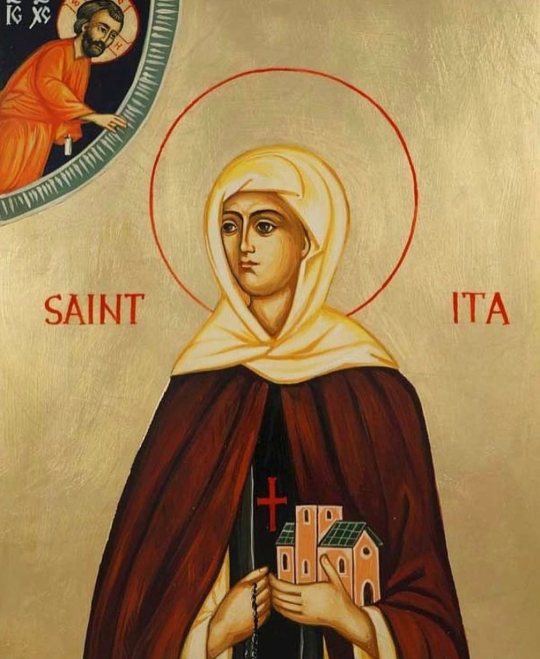
Today we celebrate our Venerable Mother Ita the Hermitess of Killeedy. Saint Ita was of illustrious descent and was born into Irish nobility. As a child, all marvelled at her purity and virtue, especially her generosity and gentleness in both word and deed. She excelled in the “six gifts” of Irish womanhood – wisdom, purity, beauty, music, sweet speech, and embroidery. Refusing to marry and spurning the worldly life of riches and comfort, she left the world and with her great inheritance, founded a school and convent at Killeedy, a county which still bears her name to this day. At her convent, she accepted children whom she raised into piety, many of them becoming great beacons of Christianity in Ireland, and thus, Saint Ita became known as the “Foster Mother of the Irish Saints”. One of the saints whom she raised from only a year old was Saint Brendan the Navigator, whom she instilled great Christian piety upon. She often counselled him about the three things most displeasing to God: a face that hates mankind, a will that clings to the love of evil, and placing one’s entire trust in riches. She also taught him the three things which are most pleasing to God: the firm belief of a pure heart in God, the simple religious life, and liberality with charity. Many, including Saint Brendan, would often come to her for spiritual counsel throughout their lives, and many received healing from her as she knew much about both physical and spiritual medicine. The Hermitess Ita reposed peacefully in the Lord at an old age. Her feast day remains a local holiday in her district and many Irish girls are named after the the Saint, being second in line to Saint Brigid of Kildare. May she intercede for us always + #saint #ita #ireland #hermit #hermitess #convent #monastery #nun #virtue #killeedy #irish #christian #spiritual #holy #mother #abbess #brendan #stbrendan #brigid #bridget #stbrigid #stbridget #kildare #fostermother #foster #irish #orthodox #saintoftheday (at Killeedy, Clare, Ireland) https://www.instagram.com/p/CnaQu37Bb3s/?igshid=NGJjMDIxMWI=
#saint#ita#ireland#hermit#hermitess#convent#monastery#nun#virtue#killeedy#irish#christian#spiritual#holy#mother#abbess#brendan#stbrendan#brigid#bridget#stbrigid#stbridget#kildare#fostermother#foster#orthodox#saintoftheday
25 notes
·
View notes
Text

I already reimagined St. Patrick as a zombie, so reimagining St. Brigid as a vampire seemed like a logical progression 😅
Done for @artclubie's Imbolc prompt.
#art #drawing #illustration #sketch #ink #promarkers #imbolc #stbrigid #stbrigidsday #stbrigidscross #creature #vampire #undead #cloak #weird #strange #horror #macabre #irishartist #irishart #dublinart #dublinartist #ArtClubIE #lorcancassidy
0 notes
Text

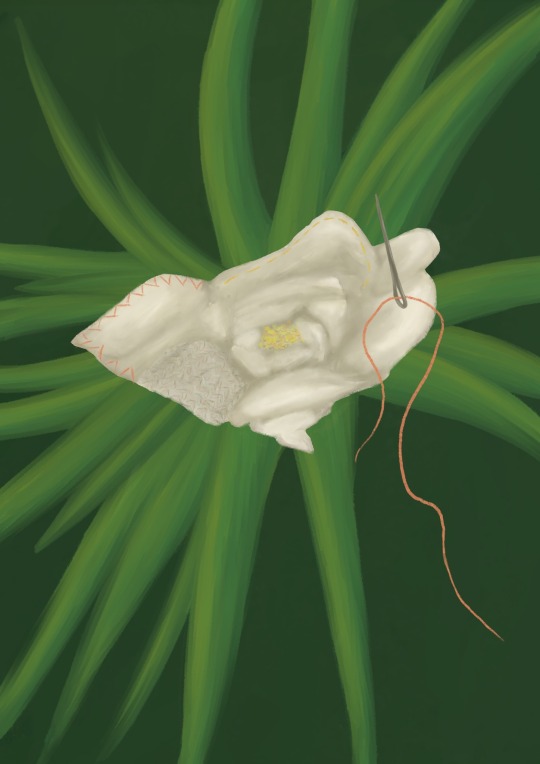
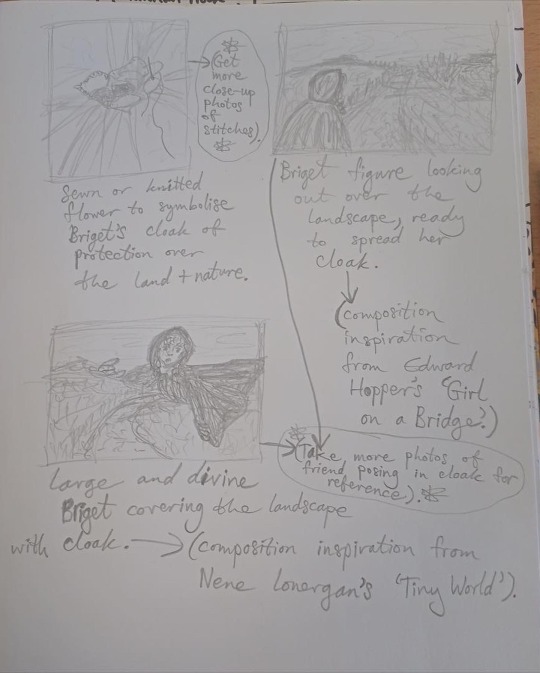





#art #artist #design #procreate #ipad #drawing #sketch #learning #practice #digital #digitalart #portrait #progress #craft #stbrigid #brigit #briget #stbriget #brigid #stbrigidsday #stbrigidscross #cloak #myth #mythology #folklore #folktale #religion #irish #nature #goddess
#artwork#digital art#drawing#art#artist#procreate#sketch#learning#practice#doodles#st bridget#st brigid#st briget#cross#st Bridget’s day#st Bridget’s cross#cloak#nature#craft#goddess#myth#mythology#folklore#folktale#religion#irish history#irish mythology#Ireland
1 note
·
View note
Text

#imbolc#pagan#germanic#celtic#seasons#stbrigid#sabbat#paganism#paax#witchcraft#indigenous witch#nordic#magic#celebration#holiday#pagan holiday
87 notes
·
View notes
Text
Today’s pagan wheel of the year blog is on Imbolc/St. Brigid’s day/Candlemas/Midwinter
🌺☘️❄️☀️🥚🥛🧚🌕🕯🌺☘️❄️☀️🥚🥛🧚🌕🕯
Imbolc is a pagan holiday celebrated from February 1 through sundown February 2. Based on a Celtic tradition, Imbolc was meant to mark the halfway point between winter solstice and the spring equinox in Neolithic Ireland and Scotland. The holiday is celebrated by Wiccans and other practitioners of neopagan or pagan-influenced religions. Imbolc is just one of several pre-Christian holidays highlighting some aspect of winter and sunlight, and heralding the change of seasons.
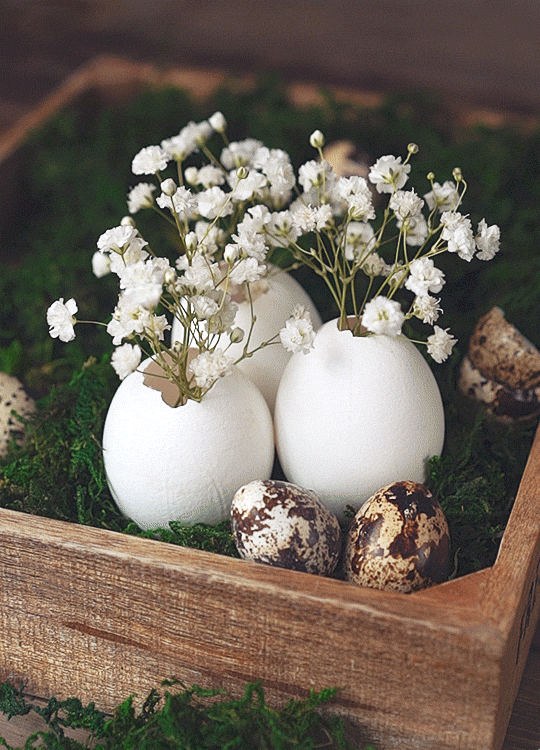
Origins of Imbolc
The celebration of Imbolc dates back to the pre-Christian era in the British Isles.
The earliest mentions of Imbolc in Irish literature date back to the 10th century. Poetry from that time relates the holiday to ewe’s milk, with the implication of purification.
It’s been speculated that this stems from the breeding cycle of sheep and the beginning of lactation. The holiday was traditionally aligned with the first day of spring and the idea of rebirth.
Brigid the Goddess
Imbolc celebrations took the form of a festival in honor of the pagan goddess Brigid, who was evoked in fertility rites and oversaw poetry, crafts and prophecy. Brigid was worshipped by the Filid, a class of poets and historians among the Celts of ancient Ireland and Britain.
Brigid was considered one of the most powerful Celtic gods, the daughter of the Dagda, the oldest god in the Celtic pantheon Tuatha du Danann. She had two sisters also named Brigid (though it’s speculated that these sisters are meant to symbolize different aspects of the same goddess.)
Brigid appears in the saga Cath Maige Tuired and the Lebor Gabála Érenn, a purported history of Ireland collected from various poems and texts in the 10th century.
Myths about Brigid’s birth say she was born with a flame in her head and drank the milk of a mystical cow from the spirit world. Brigid is credited with the very first keening, a traditional wailing for the dead practiced at funerals by Irish and Scottish women.

Ancient Imbolc
In pre-Christian times, Imbolc observance began the night before February 1. Celebrants prepared for a visit from Brigid into their homes by crafting an effigy of the goddess from bundles of oats and rushes. The effigy was placed in a dress and put in a basket overnight.
The day of Imbolc was celebrated by burning lamps and lighting bonfires in tribute to Brigid.
Brigid Becomes St. Brigid
Over the centuries, Brigid was adopted into Christianity as St. Brigid.
One of Ireland’s three patron saints, the Catholic Church claims St. Brigid was a historical person, with accounts of her life written by monks dating back to the 8th century. Brigid (or Bridget) is the patron saint of Irish nuns, newborns, midwives, dairy maids and cattle.
Whether or not she existed, these stories contain aspects in common with the details of the pagan goddess and illustrate the transition from pagan to Christian worship.
Like the goddess Brigid, St. Brigid is associated with milk and fire. Born in Ireland around 453 A.D., St. Brigid was the daughter of a slave and a chieftain who was celebrated at an early age for her agricultural knowledge.

With no interest in marrying, Brigid’s goal was to create a monastery in Kildare, supposedly the former site of a shrine to the Celtic goddess of the same name. Brigid lived her entire life there.
She was renowned for her charity to the poor and stories abound about her healing powers. St. Brigid was a friend of St. Patrick, whose preaching set her on a course at an early age, and she became Ireland’s first nun.
St. Brigid is said to have died in 524 A.D. The remains of her skull and hand are claimed to be in the possession of churches in Portugal.
In the 12th century, legend holds that the nuns in Kildare attended to a fire built in St. Brigid’s honor. The fire had burned for 500 years and produced no ash, and only women were allowed in proximity of the fire.
The celebration of St. Brigid’s Day on February 1 was put in place by the church to replace Imbolc. On her feast day, an effigy of St. Brigid of Kildare is traditionally washed in the ocean and surrounded by candles to dry, and stalks of wheat are transformed into cross talismans known as Brigid crosses.
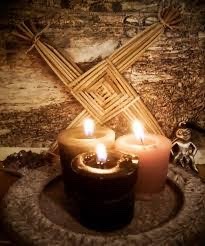
Modern Imbolc
The modern celebration of Imbolc is considered a low-key, loose and sometimes private affair concerned with reconnecting with nature.
Since it’s a climate-specific holiday, some followers of the Wicca religion adjust their celebration of it to correspond with a date more appropriate to the coming of spring where they live. Others embrace the symbolism of the holiday and keep to the February 1 celebration.
The goddess Brigid is central to the celebration for modern Wiccans. In the tradition of the original Celtic festival, Wiccan groups that worship Brigid might include fire rituals on Imbolc.
Traditions from both the pagan celebration of Imbolc and the Christian celebration of St. Brigid’s Day can be found in the modern Imbolc celebration. Celebrants sometimes make a Brigid cross out of reeds as well as a Brigid corn doll or effigy.
Candlemas
Candlemas is a Christian holiday celebrated on February 2 that has aspects in common with Imbolc. Its celebration can be traced to 4th century Greece as a purification holiday and a celebration of the return of light.
Candles have traditionally been used in its observance. It’s possible that Candlemas is a Christian adaptation of the Roman holiday Februalia.
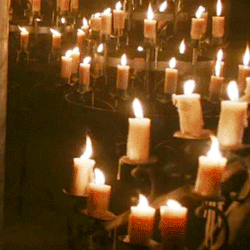
Groundhog Day
February 2 is also celebrated as Groundhog Day, which began in the United States in 1887. The idea is that a groundhog exiting its burrow can predict whether winter will stay or go based on whether the groundhog sees its shadow. The day was a stunt by a newspaper in Punxsutawney, Pennsylvania, that has endured.
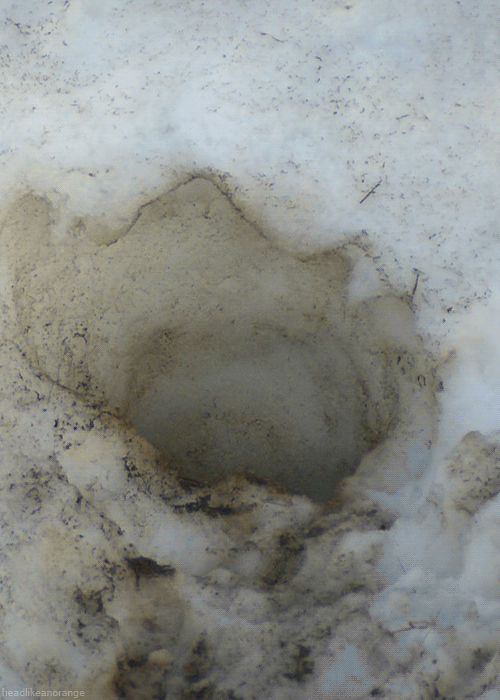
Concocted in Pennsylvania Dutch country, Groundhog Day is believed to be an adaptation of a German Candlemas tradition involving a badger. There have been attempts to portray Groundhog Day as a modern offshoot of Imbolc, but the two days are not likely directly related.
I hope you enjoyed this blog more to follow soon!
Blessed be,
Culture Calypso’s Blog 🕯🧚❄️🌙🌺☀️🥚🥛
#my blogs#spirituality#history#paganism#holydays#pagan holidays#midwinter#brigid#stbrigid#celtic lore#irish mythology#rituals#Spotify
9 notes
·
View notes
Text
Imbolc/Imbolg The Irish Celebration
The most common explanation is that it comes from the Old Irish i mbolc (Modern Irish: i mbolg), meaning 'in the belly', and refers to the pregnancy of ewes. Another possible origin is the Old Irish imb-fholc, 'to wash/cleanse oneself', referring to a ritual cleansing. The date of Imbolc is thought to have been significant in Ireland since the Neolithic period. Some passage tombs in Ireland are aligned with the sunrise around the times of Imbolc and Samhain. This includes the Mound of the Hostages on the Hill of Tara, and Cairn L at Slieve na Calliagh.

In Gaelic Ireland, Imbolc was the feis or festival marking the beginning of spring, during which great feasts were held. It is attested in some of the earliest Old Irish literature, from the 10th century onward. It was one of four Gaelic seasonal festivals: Samhain (~1 November), Imbolc (~1 February), Beltane (~1 May) and Lughnasadh (~1 August).
The holiday was a festival of the hearth and home, and a celebration of the lengthening days and the early signs of spring. Celebrations often involved hearthfires, special foods, divination or watching for omens, candles or a bonfire if the weather permitted. Fire and purification were an important part of the festival. The lighting of candles and fires represented the return of warmth and the increasing power of the Sun over the coming months. A spring cleaning was also customary.

Holy wells were visited at Imbolc, and at the other Gaelic festivals of Beltane and Lughnasa. Visitors to holy wells would pray for health while walking 'sunwise' around the well. They would then leave offerings, typically coins or clooties (see clootie well). Water from the well was used to bless the home, family members, livestock and fields.

Imbolc is strongly associated with Saint Brigid (Old Irish: Brigit, modern Irish: Bríd, modern Scottish Gaelic: Brìghde or Brìd, anglicised Bridget). Saint Brigid is thought to have been based on Brigid, a Gaelic goddess. The festival, which celebrates the onset of spring, is thought to be linked with Brigid in her role as a fertility goddess. On Imbolc Eve, Brigid was said to visit virtuous households and bless the inhabitants.

As Brigid represented the light half of the year, and the power that will bring people from the dark season of winter into spring, her presence was very important at this time of year. Families would have a special meal or supper on Imbolc Eve. This typically included food such as colcannon, sowans, dumplings, barmbrack or bannocks. Often, some of the food and drink would be set aside for Brigid.


34 notes
·
View notes